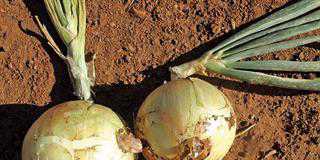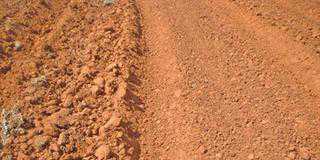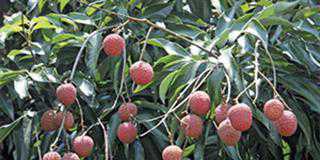Assassin bugs belong to the family Reduviidae, the largest in the order Hemiptera with about 7 000 species. Of these, 450 are found in South Africa. While many assassin bugs are little more than a few millimetres in length, a few can be exceptionally large, reaching about 4cm. Many are winged and capable of flight. As predatory insects go, assassin bugs are fearsome and voracious hunters justly deserving of their name.
They are highly agile, respond quickly to movement and are ever on the lookout for the next meal. Most assassin bugs either lie in wait to ambush prey, or actively run it down with a series of jerky sprints. When they detect prey in reasonable range, they grasp it with a pair of jack-knife limbs. These have small ‘adhesive’ pads covered with thousands of tiny hairs and coated with a thin film of oil. The pads grip the victim like glue.
Some assassin bugs have evolved very sticky pads indeed, and are capable of holding insects the size of bees, which are very powerful.
Paralysing, deadly saliva
Once the prey is firmly in its grasp, the assassin bug injects a potent enzyme-laden saliva that first attacks the central nervous system and then the muscles. The saliva renders the victim immobile, then begins to digest its body tissue.
The assassin bug digs out the resulting soup, leaving nothing but an empty exoskeleton. The saliva acts fast and can completely paralyse and immobilise a large insect in a matter of seconds. When working together, these bugs can overpower a mammal the size of a mouse.
While assassin bugs may resemble many of the pests found on crops, such as twig wilters, seed bugs and vegetable bugs, they represent no danger to your crop. All assassin bugs are carnivorous; none feed on plants.
A useful ally for the farmer
I routinely collect assassin bugs (in a pot, as the larger ones can deliver a very painful bite) and release them in pest-infested areas. I do not re-release them during pollination, however, as they are indiscriminate killers (as are spiders) and will prey on important pollinators such as bees.
One species I often use is the grass assassin (Lopodytes grassator). This spindly species is approximately 2cm long and found on grasses, where it is exceptionally well camouflaged. Its preference for living on grass makes it an ideal predator to transfer to sorghum, wheat and maize to deal with many of the pests on these crops.
A number of other species are also useful for controlling ‘difficult’ pests such as cotton stainers, shield bugs and seed bugs, which have a hard, tough exoskeleton making them impervious to many predators. The assassin bug overcomes this tough outer protection, by finding a vulnerable spot to inject its saliva.
Interestingly, one species, the cotton-stainer assassin bug Phonoctonus feeds exclusively on various species of cotton stainers and mimics their colouration. This is an important consideration when spraying for cotton stainer infestation, because you could be killing a very useful ally.
Small numbers, big effect
Although few assassin bugs are found in large numbers (they also prey on one another), even one adult can have an impact on a pest infestation. Assassin bugs are useful at all levels of pest control, from ground level to the top of the plant, so their presence should be encouraged. In some countries they are bred commercially as biocontrol agents.













